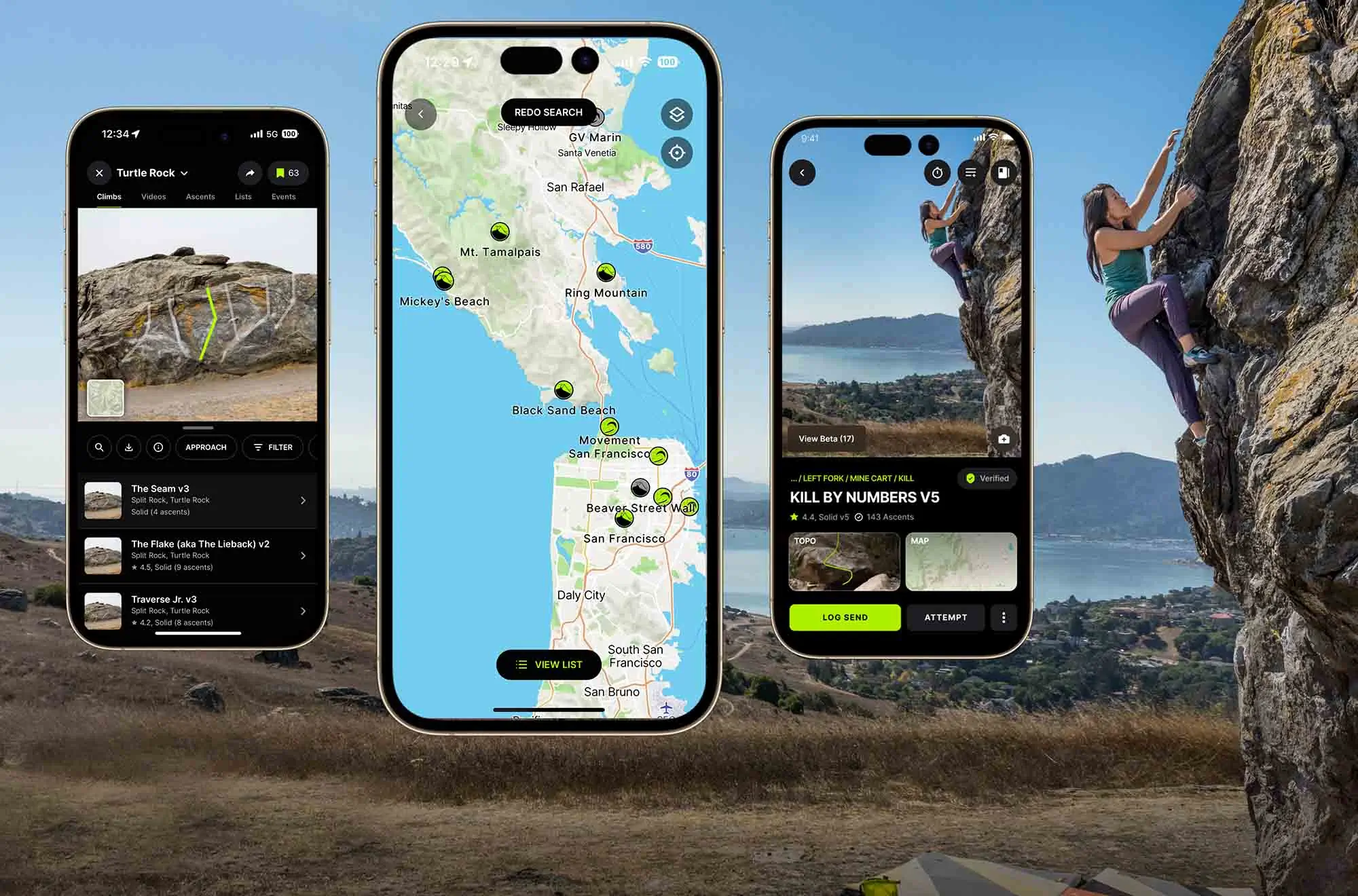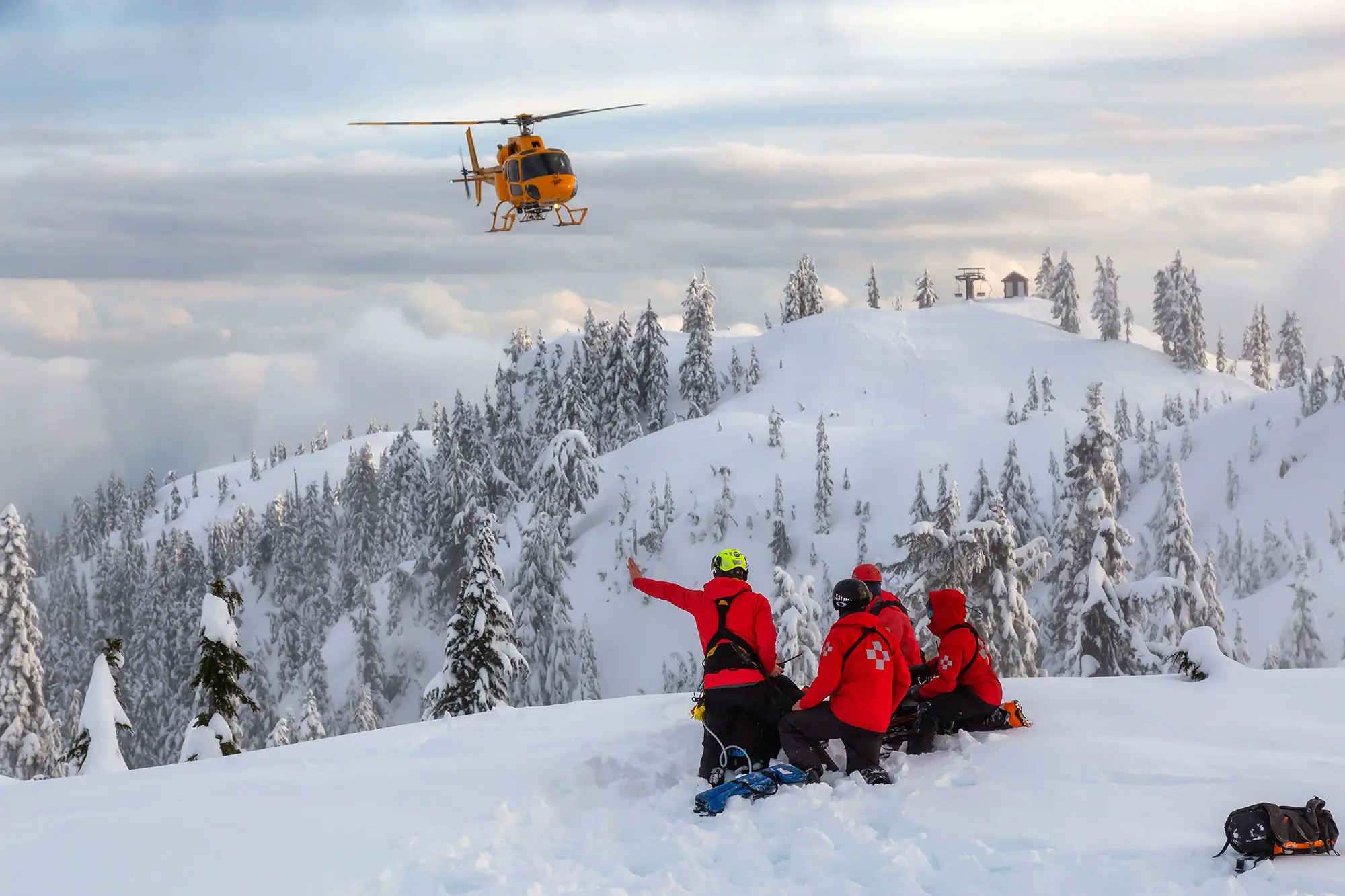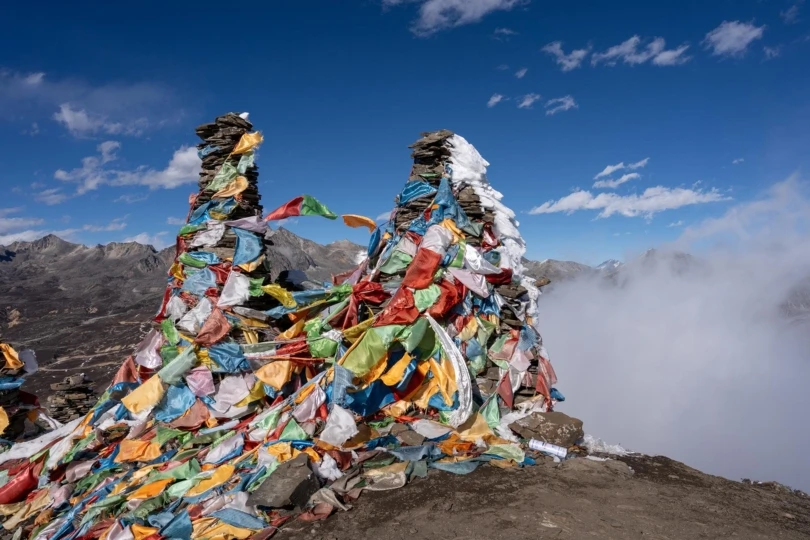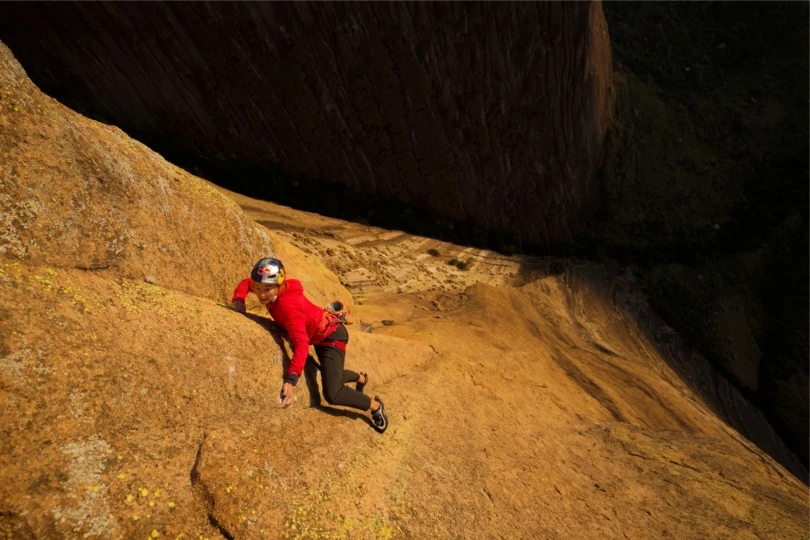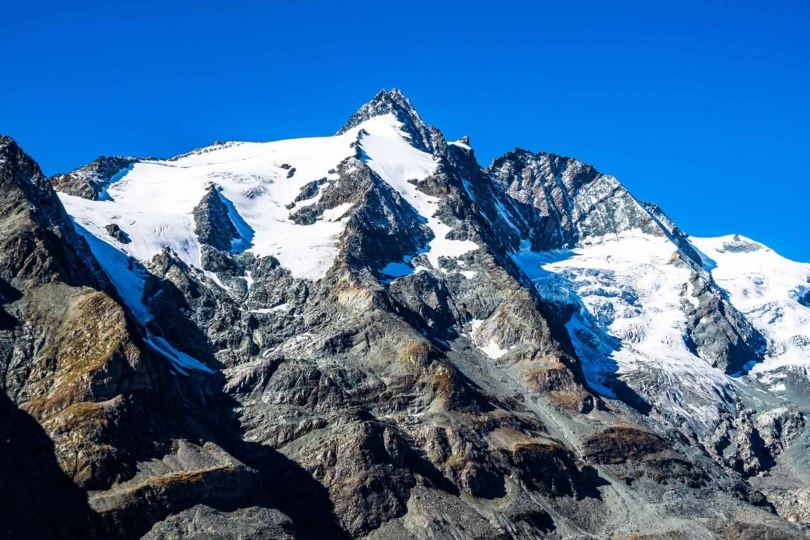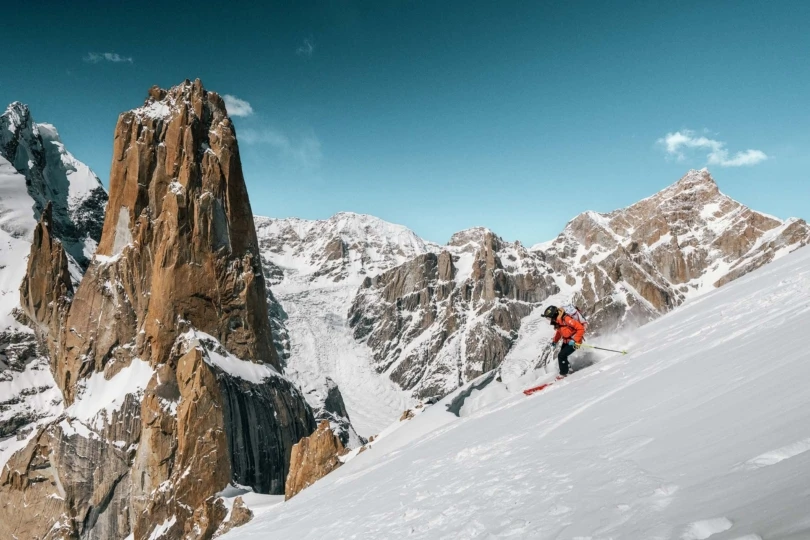Breaking news: Cyclists like their data. Perhaps it’s a function of cycling’s long pedigree, but the sport puts a premium on technology, equipment, and advanced data analysis. If an app offers a way to improve a personal best by 2 milliseconds, most professional cyclists will pay dearly for it. That’s why cycling apps like Strava have quickly gained traction in the community.
Climbers, on the other hand, have historically been more relaxed in their attitude toward modernization. But that’s changing fast. Rock climbing is now an Olympic sport, and many of its brightest stars are young, gym-trained virtuosos with the competitive, highly organized mindset of career athletes.
It’s in this context that a new app, Kaya, sees the opportunity to become a one-stop shop for all things climbing. With the inclusion of both indoor and outdoor climbing guides, beta videos, and performance analysis, this upstart startup could become the Strava of rock climbing. And its founders will tell you as much.
“Strava leveraged technology to give the cycling community a way to stay connected,” Austin Lee, co-founder and CEO of Kaya, said in an interview with GearJunkie last week. “They took what was already happening in the community, and just allowed people to connect even more. In our case, all you have to do is keep climbing. We help you track your own progress. That’s what I love about Strava and what I’d love to do with Kaya.”
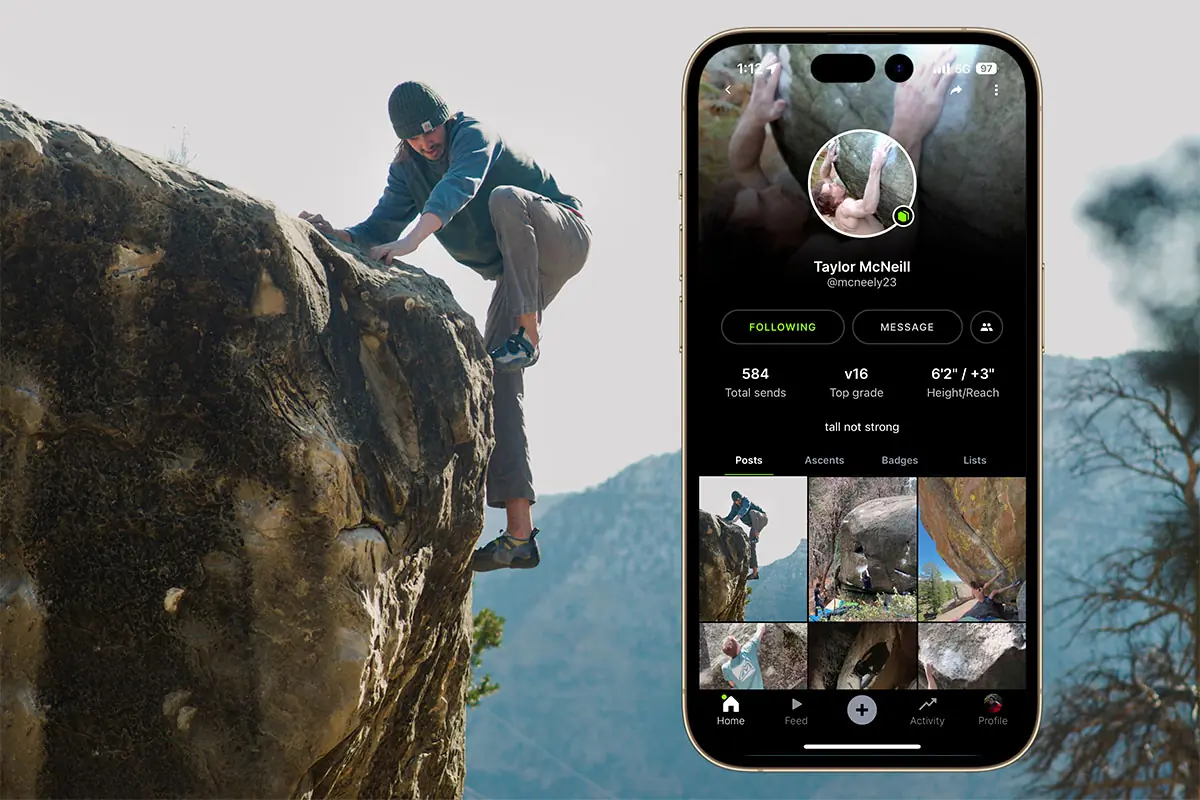
A Question of Data — And Community
Kaya first opened its digital doors in 2019, offering climbers a novel way to navigate climbing gyms and find specific routes. There was also a social element from the very beginning, with the option to log and share “sends” and start virtual discussions with friends.
The company now boasts more than 300 climbing gyms that use the app to upload routes. But in September 2022, the company kicked things up a notch. Today, Kaya offers digital guidebooks for many of the most popular crags in the U.S. By working with the authors of the printed guidebooks (beloved by many climbers), Kaya hopes to make the process of finding and climbing outdoor routes easier than ever.
The app now has digital guidebooks for Squamish, Joe’s Valley, Red Rocks, and a couple dozen other destinations. And more are on the way.
“It’s a really curated experience, with photos, topos, GPS pins, and descriptions of how to actually find the crag,” Lee said. “Authors get a large share of the revenue that comes in … Older climbers are starting to see the direction the sport is going.”
Like any community-based app, Kaya will only thrive if climbers keep it well-supplied with data. The founders of Kaya, all boulderers, saw that trend with Strava, with which they have a “close working relationship,” Lee said.
“Part of why Strava is successful is because there [are] so many dedicated users,” said Eric Jerome, Kaya’s marketing specialist. “That makes the tool more powerful, and allows it to grow exponentially.”
So, the question is, will climbers find Kaya useful enough to foster that growth?
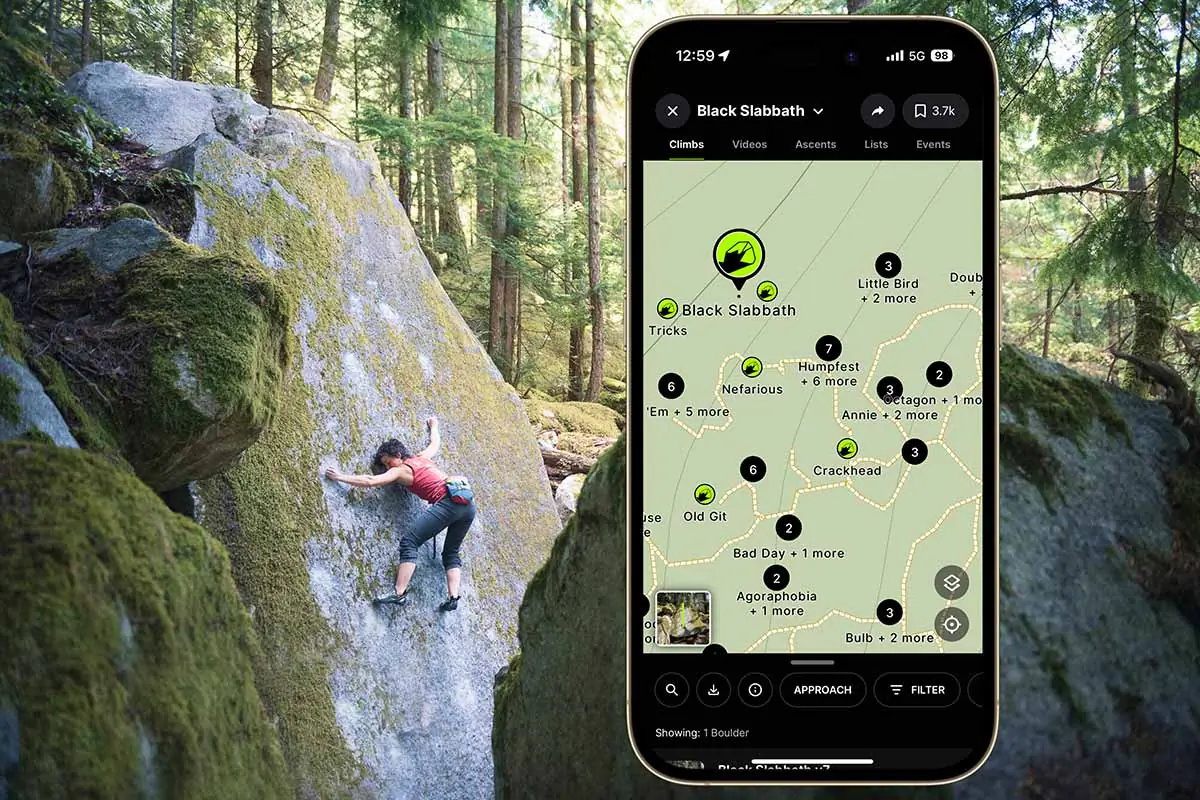
Mentorship Meets Personalization
By creating digital guides and online communities, Kaya’s founders hope to address the mentorship gap created by the sport’s soaring popularity and a younger generation with no hesitation in leveraging technology.
“What we’re trying to do is expand that mentorship mode and bring in more people to the outdoors,” Lee said.
For Kaya, that starts with using data to offer greater personalization. Example: Lee’s wife is just 5’2″, making it difficult to tackle routes when so many of them are created by much taller climbers. But with the app, she can search for climbs sent by people of a similar height. If she wants to practice a route before even driving to the crag, she can download beta videos from other short-statured climbers to see their strategy.
It’s just one example of how climbing may have even more potential data points than cycling.
“You didn’t need videos back in the day because you had an experienced crew with you,” Lee said. “But that worked because we were such a small community … That’s not the case anymore.”
Kaya App: Clean, Comprehensive Climbing Info
One key differentiating factor, relative to other climbing apps, that Kaya focused on is a user-friendly interface. I perused the app to get a feel for just how different it is.
Other climbing sites like 8a.nu or Sendage have offered climbers similar features as Kaya. But their interfaces resemble early 2000s blogs more than the fluent, modern designs expected by younger users.
Put simply, Kaya has an interface that invites exploration. The digital guidebooks seem ready-made for climbing addicts. They have built-in GPS mapping showing the location of each boulder and route, photos and videos of each problem, and recent ascents logged by other climbers. There’s a List function (like musical playlists, but for climbing) and also Events, if you care to join some official get-togethers.
Setting up the account is pretty simple, with just a few pieces of info, including height, gender, reach, and the grades of your hardest sends. Then, you’re ready to start uploading photos and videos of your climbs or make general posts about what you’re working on.
The app catalogs this information, and even gives Badges to reflect the completion of certain challenges, like flashing five climbs of a certain grade.
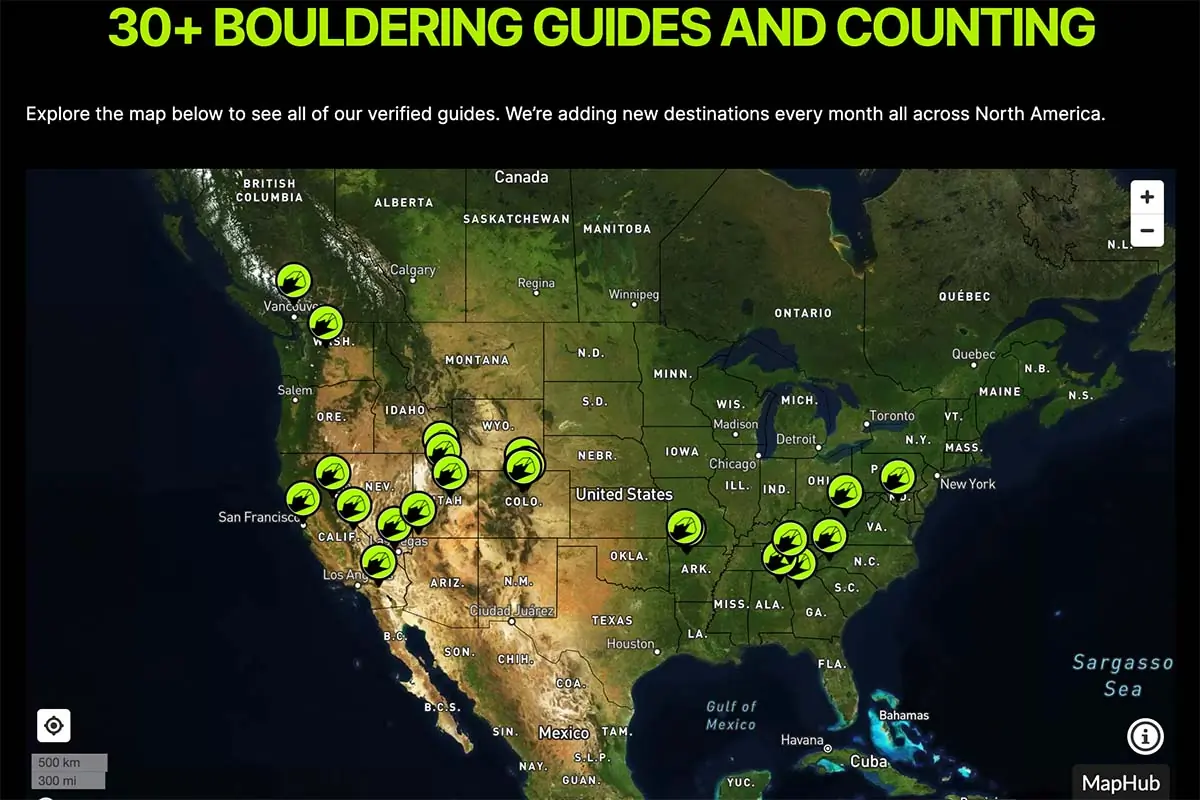



There’s a Feed section, which looks a lot like Instagram — if the platform was only for climbers. And the Activity tab comes with performance analysis and personal challenges.
Kaya’s founders have thrown the proverbial kitchen sink into this app. It brings the features of several different platforms together into one place. If you want to cultivate a holistic picture of your climbing accomplishments (both indoor and outdoor), Kaya offers possibly the best presentation currently available.
It might not look like that tattered, coffee-stained guidebook you stole from a friend. But Kaya will show you where to go — while reminding climbers to stay on trails and be good stewards of crowded crags.
“Climbing is a sport that’s built on the backs of people who came before you,” Lee said. “You’re still using the information, but we can help you avoid walking around in poison ivy for half the day.”
Kaya: Pricing & Availability
The basic version of the app can be downloaded free for iOS and Android. A Pro version of the app (which costs $60/year or $10/month) offers an Offline Mode for viewing info and videos without cell service, as well as other features. Those include additional detail for some climbs, performance analytics, and personalized workout regimens.
